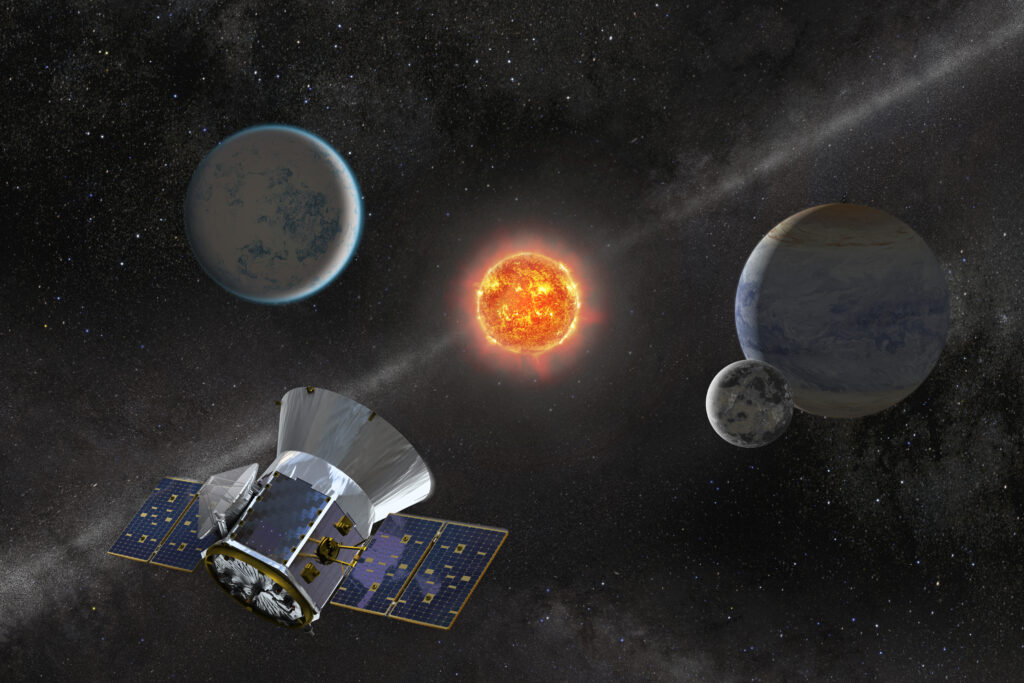
A team of astronomers have made the discovery of a lifetime that will help answer burning questions on the evolution of stars. The group is led by Evolutionary Studies Initiative member and Stevenson Professor of Physics and Astronomy, Keivan Stassun.
Stassun’s team generated a new model that greatly improved the way stars are measured in 2017.
“Being able to combine all of the different types of measurements into one coherent analysis was certainly key to being able to decipher the various unusual characteristics of this star system,” Stassun said.
The model helps predict the types of planets orbiting distant stars—called exoplanets...
Read More







Recent Comments